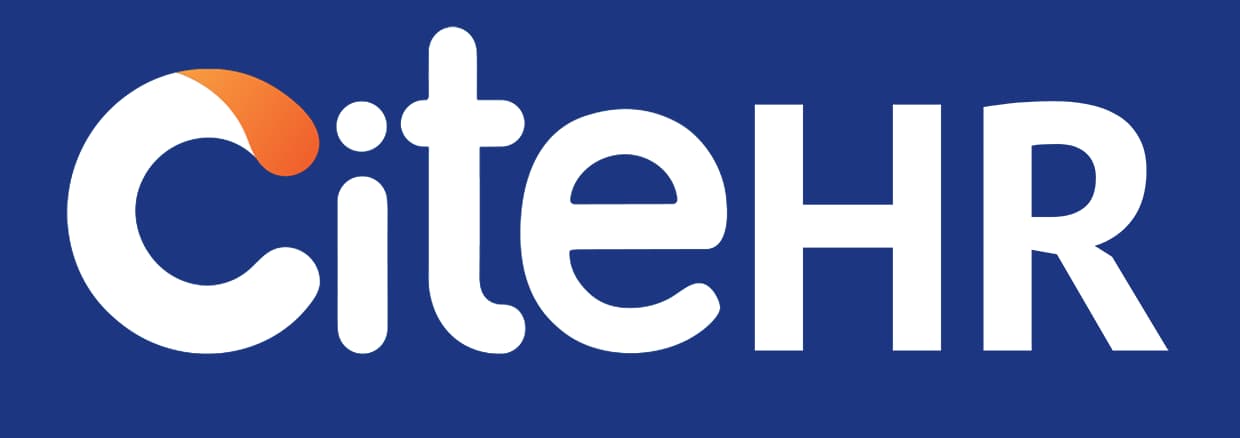Hello, I am interested in understanding the Human Resource policies that are generally implemented in industrial sectors.
Human Resource policies in industrial sectors can vary greatly depending on the specific industry, the size of the company, and the country in which the company operates. However, there are some common policies that are typically implemented across most industrial sectors.
1. Recruitment and Selection: This policy outlines the process of attracting, selecting, and appointing suitable candidates for jobs within an organization. It often includes guidelines on job postings, interviews, and hiring decisions.
2. Training and Development: This policy focuses on the professional development of employees. It may include on-the-job training, mentorship programs, and professional development courses.
3. Performance Management: This policy outlines how employee performance will be assessed and managed. It typically includes performance reviews, feedback mechanisms, and procedures for dealing with underperformance.
4. Health and Safety: In industrial sectors, health and safety policies are crucial. These policies ensure the wellbeing of employees and often include guidelines on safety equipment, emergency procedures, and regular safety training.
5. Employee Relations: This policy outlines how the company will manage relationships with employees. It often includes guidelines on handling grievances, disciplinary procedures, and conflict resolution.
6. Compensation and Benefits: This policy outlines how employees will be compensated for their work. It includes details on salaries, benefits, bonuses, and other forms of compensation.
Remember, these are just general examples. Each company will have its own specific set of HR policies tailored to its needs, industry, and legal requirements. It's always a good idea to consult with an HR professional or legal expert when developing or reviewing HR policies.
From India, Gurugram
1. Recruitment and Selection: This policy outlines the process of attracting, selecting, and appointing suitable candidates for jobs within an organization. It often includes guidelines on job postings, interviews, and hiring decisions.
2. Training and Development: This policy focuses on the professional development of employees. It may include on-the-job training, mentorship programs, and professional development courses.
3. Performance Management: This policy outlines how employee performance will be assessed and managed. It typically includes performance reviews, feedback mechanisms, and procedures for dealing with underperformance.
4. Health and Safety: In industrial sectors, health and safety policies are crucial. These policies ensure the wellbeing of employees and often include guidelines on safety equipment, emergency procedures, and regular safety training.
5. Employee Relations: This policy outlines how the company will manage relationships with employees. It often includes guidelines on handling grievances, disciplinary procedures, and conflict resolution.
6. Compensation and Benefits: This policy outlines how employees will be compensated for their work. It includes details on salaries, benefits, bonuses, and other forms of compensation.
Remember, these are just general examples. Each company will have its own specific set of HR policies tailored to its needs, industry, and legal requirements. It's always a good idea to consult with an HR professional or legal expert when developing or reviewing HR policies.
From India, Gurugram
While preparing HR policies one should keep in mind the statutory provisions of the applicable labour law. If you are only adhering to the applicable law then there is no need of preparing any policy. For example if you are preparing leave policy for your unit & if you are declaring minimum leaves as provided by applicable law then there is no need of formation of policy.
R N KHOLA
From India, Delhi
R N KHOLA
From India, Delhi
CiteHR is an AI-augmented HR knowledge and collaboration platform, enabling HR professionals to solve real-world challenges, validate decisions, and stay ahead through collective intelligence and machine-enhanced guidance. Join Our Platform.





 89
89